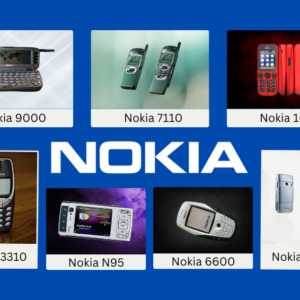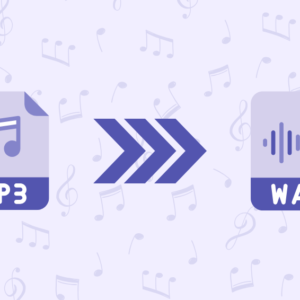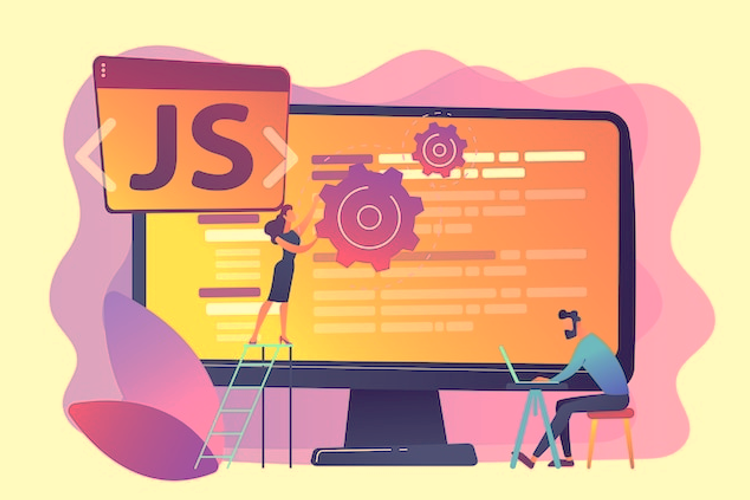It’s no secret that the world is becoming Mobile.
We live in an era where we can grab our cell phones at any time of day or night. The usage of mobile applications is virtually limitless.
There’s an app for everything these days, from small company applications to e commerce apps, health apps, internal employee communication apps, religious apps, and more. Apps can be created as an extension of an existing business or to start a new one from the ground up.
This article is specifically for beginners who are looking to invest in Mobile Applications for their business.
Although it may be tempting to begin construction right immediately, there are a few things you should do before making an app. Don’t skip these stages because they’re crucial to your app’s success.
Research if a similar app solution exists
Investigate your competitor’s Mobile App Solutions.
It is always a good idea to check to see whether that solution is currently available on the market before wasting valuable time and resources finding out how to construct an app and other components from scratch.
It’s difficult enough to learn how to develop an app. Don’t make it any more complicated than it has to be. Only construct what you require from the ground up. Simply use reusable tools that already exist for everything else.
This will save you time and money while also accelerating the release of your software. It will also make your life a lot simpler.
When you start the app development once you’ve completed the pre-development stage’s legwork. This includes your app concepts, and the research work that you have conducted along with your gaining a fundamental grasp of how the app should work.
Have a purposeful app idea
This stage may be frightening when you consider the millions of apps available. However, the idea does not have to be unique. Many fantastic apps are variants of established concepts. Whatever your concept is, be sure your app is genuinely solving a problem. After that, double-check to see whether someone else is already doing what you want. If they are, you’ll need to come up with ways to set your proposal apart from the competitors.
It’s also worth mentioning that not every notion or creation has to be novel. Many apps are simply extensions of established businesses. If you have an eCommerce site, you can make an app to help your clients shop on their mobile devices. You can make an app for your barbershop or nail salon that improves client bookings, appointment administration, and deposits.
Your goal to make an app
You should have clearly defined goals.
This stage may be frightening when you consider the millions of apps available. However, the idea does not have to be unique. Many fantastic apps are variants of established concepts. Whatever your concept is, be sure your app is genuinely solving a problem. After that, double-check to see whether someone else is already doing what you want. If they are, you’ll need to come up with ways to set your proposal apart from the competitors.
As a result, make sure you’re shooting for them at all times. Therefore, you will not be leveraging your time and resources. Because app development is nearly limitless, it’s easy to add features, bells, and whistles that aren’t mission-critical to your goal.
You can set goals for your customers as well as your company.
Demand of your app in the market
In theory, every app idea is fantastic, but you must validate it before moving forward.
Without market research, developing an app could be a costly waste of time, money, and resources.
- Create questionnaires
- Capture attention through “Polling”
- Examine the competition
- Determine how to develop an app that enhances the customer experience.
You can perform this research with your present clients if your app is an extension of your current business. You’ll need to communicate with potential clients who fit your target demographic if the app is for a brand-new concept.
Customization of your app features
It makes no difference if your software has the same functionality as another’s. What matters most is what you’re delivering your users and how it benefits them.
Many entrepreneurs have been tempted to bloat an app with needless functionality. However, certain functionalities detract from the main objective of launching your app.
Each feature add-on raises the price and lengthens the development time.
- Quick login and registration through social media credentials
- Push-notifications
- Live-tracking (On-Demand Delivery/Services Apps)
- Secured online payment gateways
- Hassle-free filtering search
- Quick booking facilities
- Integration with calendars
- Shopping carts
- System of menu ordering
- Loyalty programs
- Integration of Multiple languages and currencies
- Promo codes and discounts
The most crucial component of these early stages of growth is simplicity. You can, later on, add fancy features determining your user’s needs. Also, looking at whether they will help scale up your business.
Creating a rough layout
Creating a rough mobile layout that simply depicts the app’s functionalities and layout the schemes.
You won’t have to bother about app design here because the emphasis is on structure and flow. Make a map of the user’s journey. Demonstrate what happens when they press a certain button. What will the next page look like? What kind of activities takes place when the user clicks? etc.
Choose the best method for app development
Building an app can be done in a variety of ways. Before you begin developing an app, you must first evaluate which strategy is ideal for your specific situation.
For me, the best option may not be the greatest option for you. Budget, technical skill level, app kind, and time to market are all aspects to consider when choosing the best technique.
Implementing app technologies
These are basically, “Behind The Scene” things that no one gets to see.
Your tech spec may reveal other options for achieving your objectives. If you figure it out now, you can save yourself months of work and thousands of dollars.
At the absolute least, obtain the information, after which you can consider your options.
You may always argue that the user experience is more important than cost-cutting and more efficient construction. The tech spec process, on the other hand, is still an important part of the development process.
It’s better to do it right away rather than wait three or six months.
Developing a minimum viable product
You should always be designing an MVP as soon as you start building the app. An MVP is a concept that compels you to think about your app’s most important features. On the road to developing a successful app, this is a crucial component of the project.
Can your app function without these requirements? Focus on these qualities first, then everything else.
There are essentially no limits to app development. It is easy to become distracted during the construction process. After a month or two into the project, it is simple to suggest having those features.
Those ideas will just add to the cost and time of your project taking away the core functionality of the app.
Testing the app for the deployment
It’s critical to test the app now that you’re nearing the end of the deployment process.
The app must be tested on a variety of platforms. The testing will be done by Quality Assurance personnel. This involves testing on Android smartphones, tablets, iPhones, iPods, other Smartphones, and other devices to ensure that it works both online and offline.
A quality assurance specialist can evaluate your app for faults before it is released. It’s much better to catch problems early than later; else, users will discover them later.
It will be detrimental to your app’s long-term success if a consumer detects bugs in it. In addition to testing your app with a QA specialist, you may conduct usability testing with actual test users. Also, tell your friends, family, and coworkers about the app.
The app doesn’t need to be perfect when it is first launched. However, you should strive to eliminate all issues and mistakes. User experience and user interface changes can be made afterward.
Deploying your app in n the app stores
It’s time to launch your software and get it into the hands of real users.
Your primary focus should be on uptime and visibility right now. Ensure that the app is working properly for the end user. Nothing should ever go wrong with your servers.
To get your application on the market, you must submit it to several app stores. The requirements for apps in the Google Play Store and the Apple App Store are different. Before you begin, make sure you understand all of the submission rules.
The process of releasing your app will differ depending on the development technique you choose, as we explained before in this guide’s pre-development part.
Congratulations on learning how to develop a Mobile Application.
The process of developing a mobile app, on the other hand, does not cease after the app is released. There’s still a lot of work to be done after you’ve launched.
Make sure you have enough money set aside for post-launch activities and don’t spend all of your money on development.
Concluding Thoughts
App development isn’t always straightforward. Whether it’s your first app or a series of apps, there’s always room for growth. It’s always a good idea to educate yourself before blindly choosing an app development company and hoping for the best.
Make the most of the latest technologies and resources at your disposal. Without understanding how to code, you can now make an app. Hiring a mobile app development business in India, on the other hand, can help you get your app approved for both the Apple App Store and Google Play Store.
This comprehensive tutorial is enough to teach you how to develop an app in almost any category. However, some of you may have more specific queries regarding how to make an app for your company. If you need help figuring out how to make an app for the startup or small businesses, connect with the mobile app development company to get all your concerns answered.






